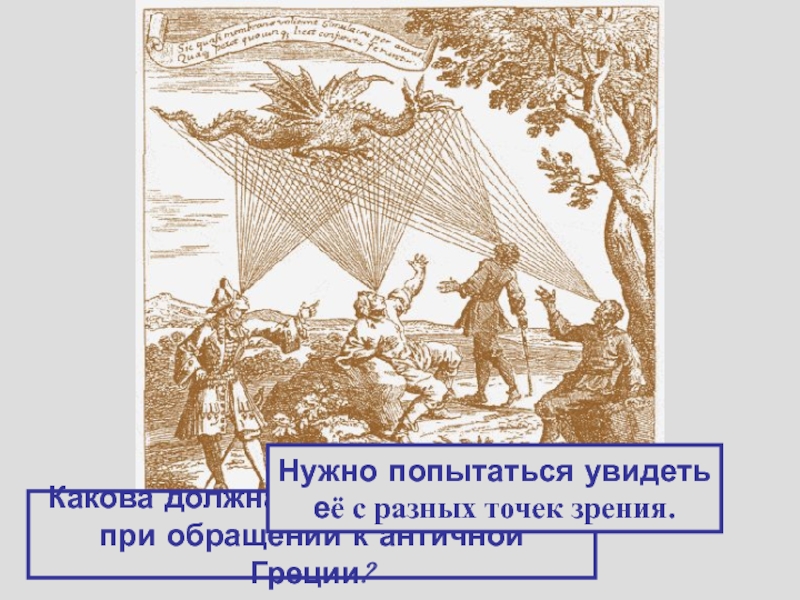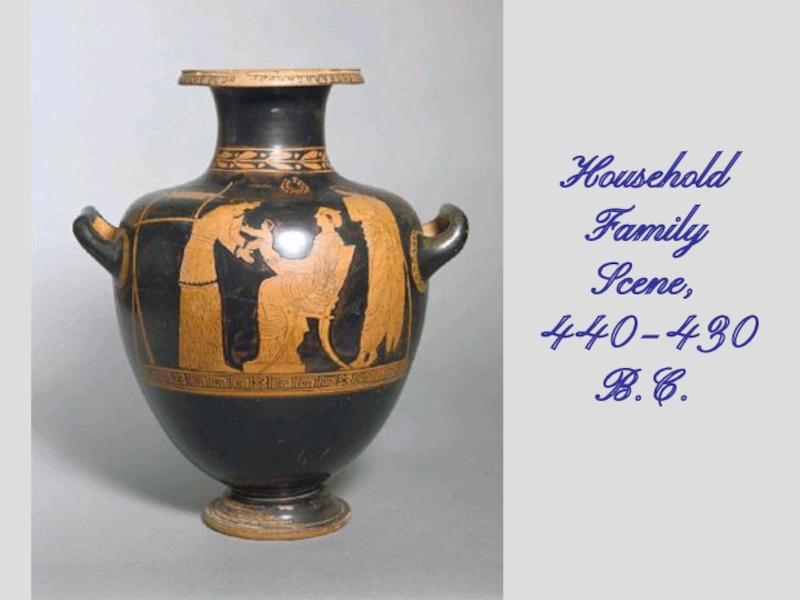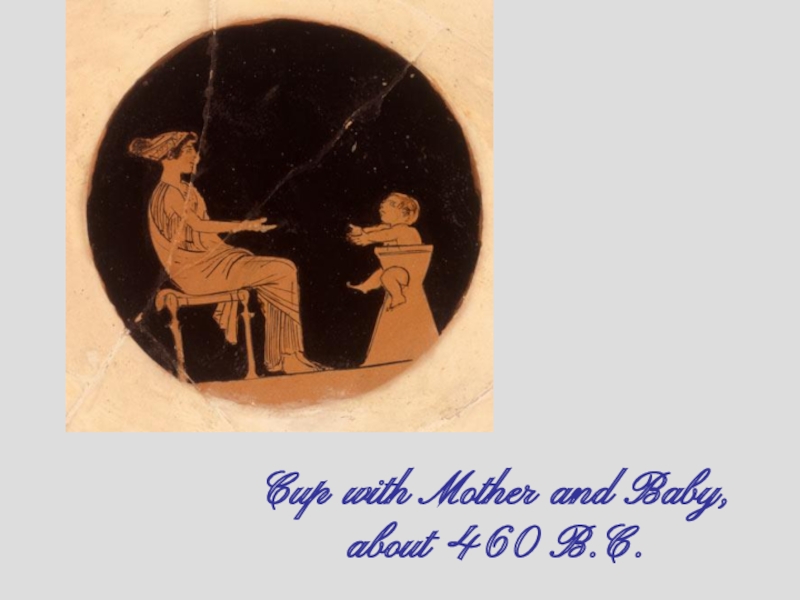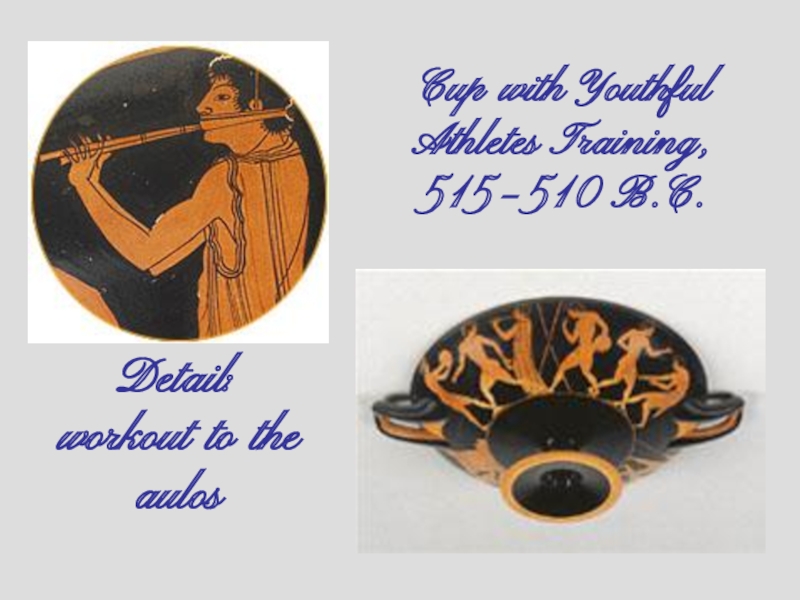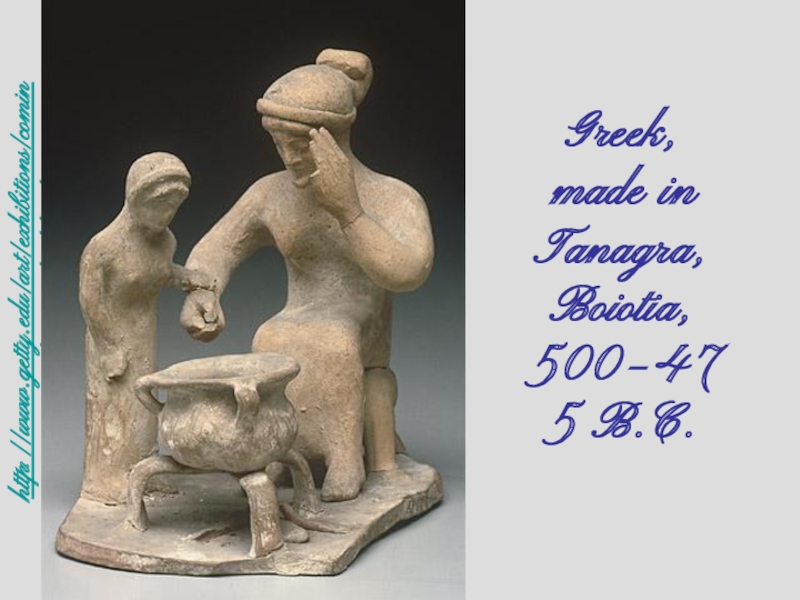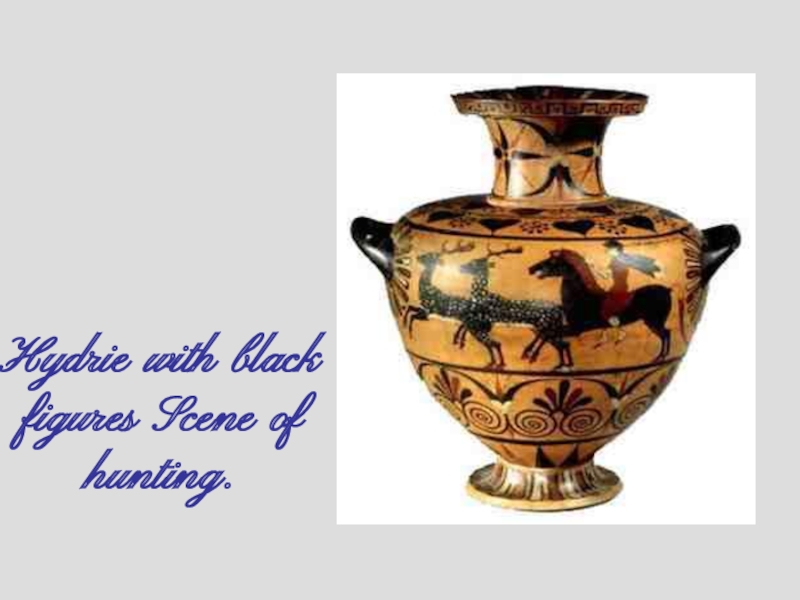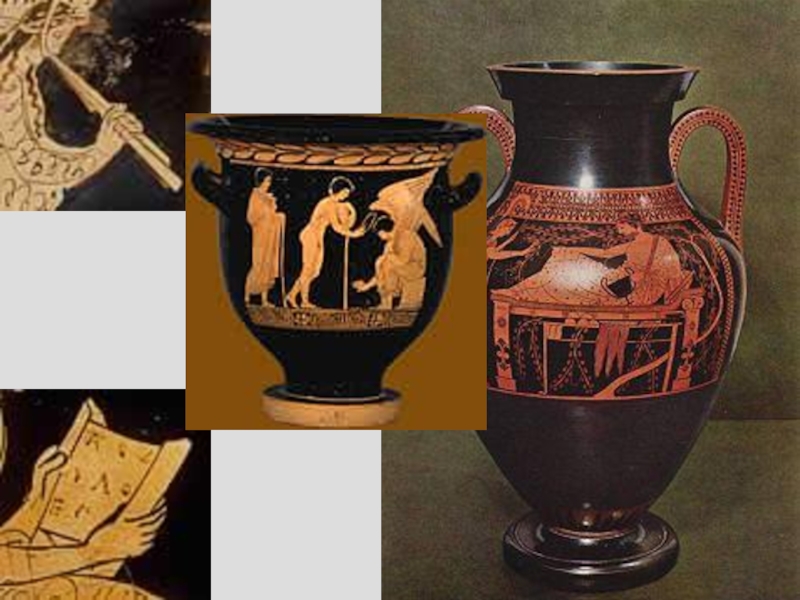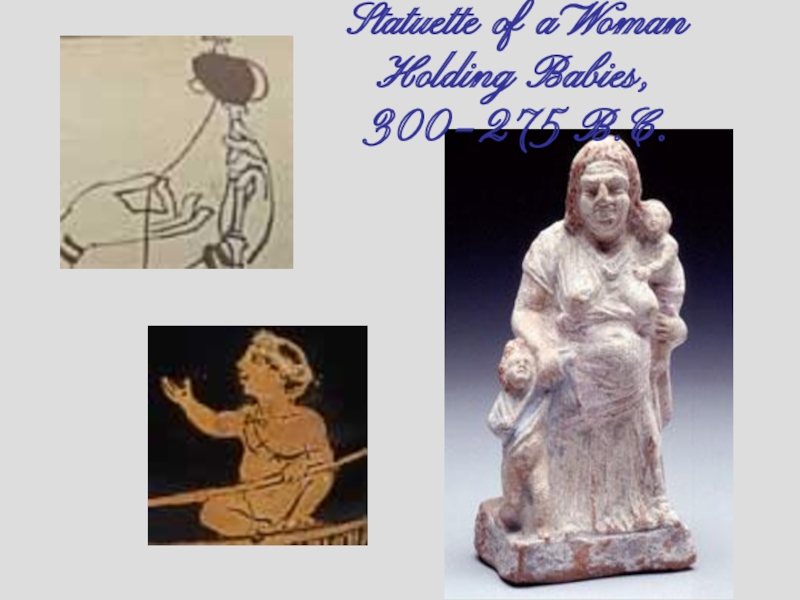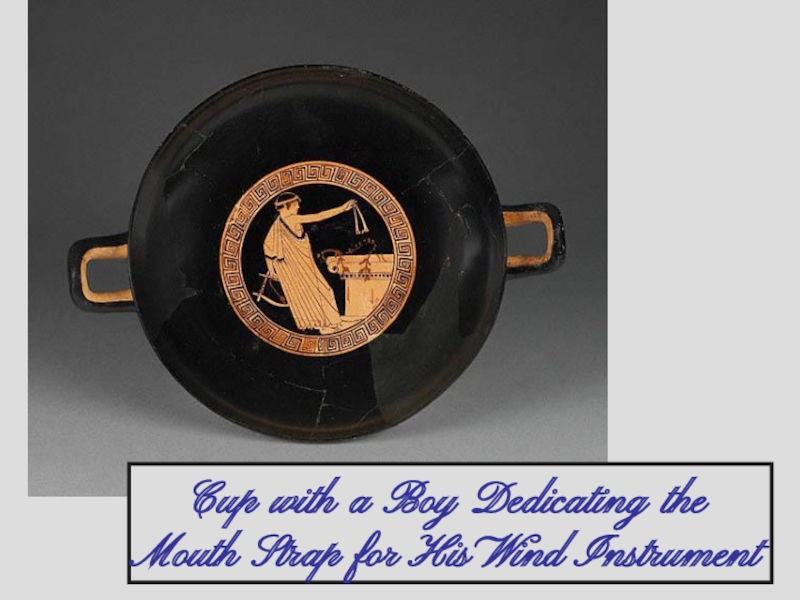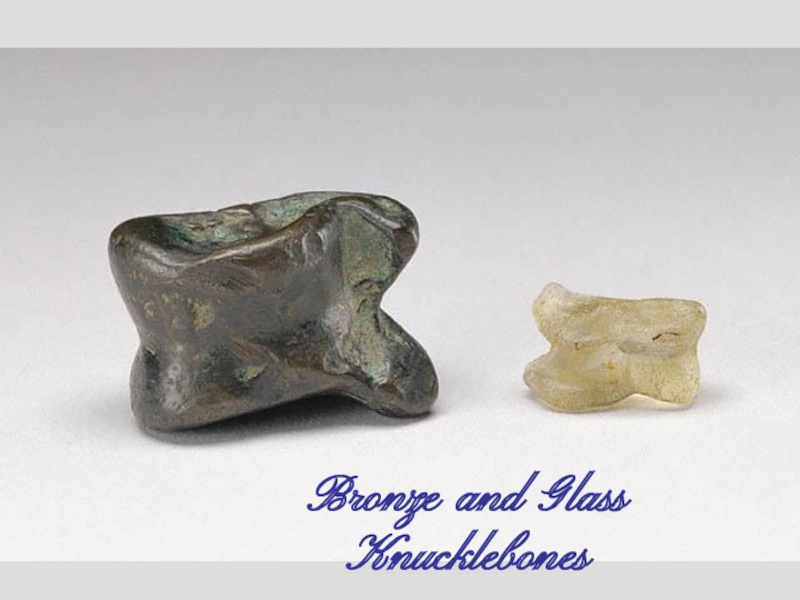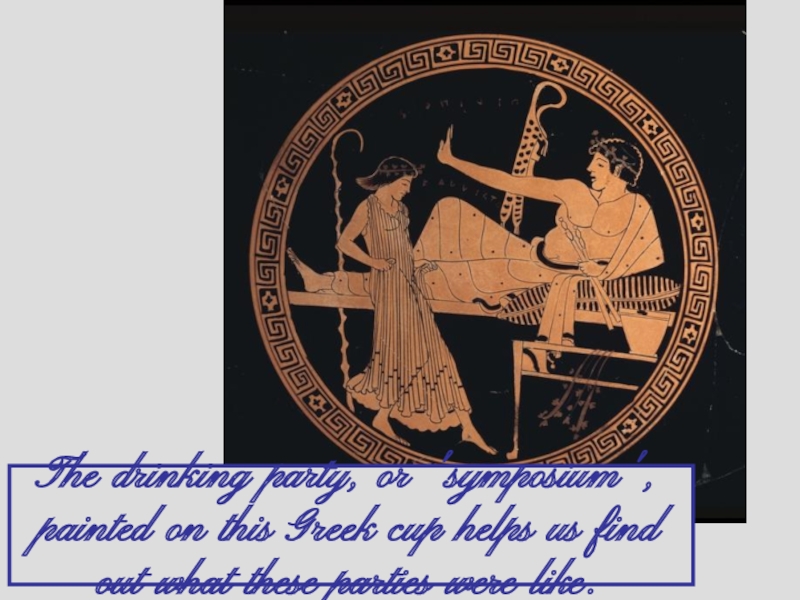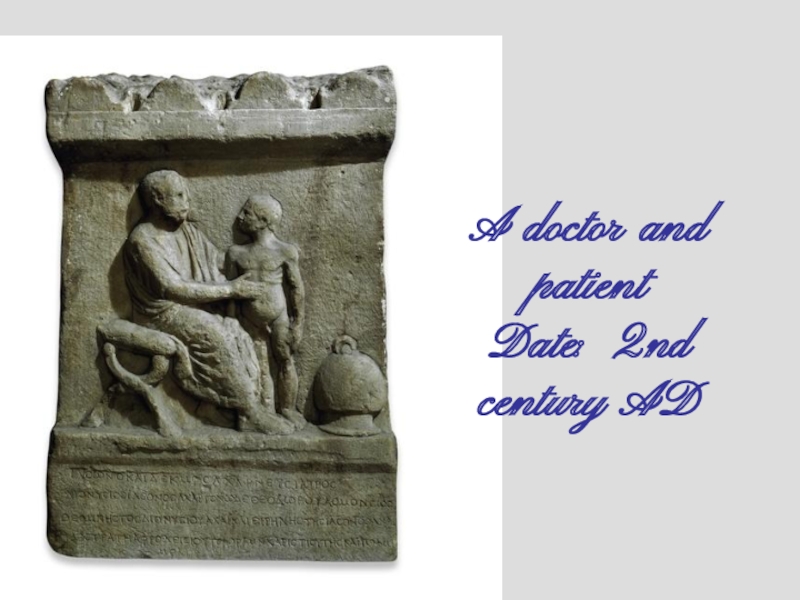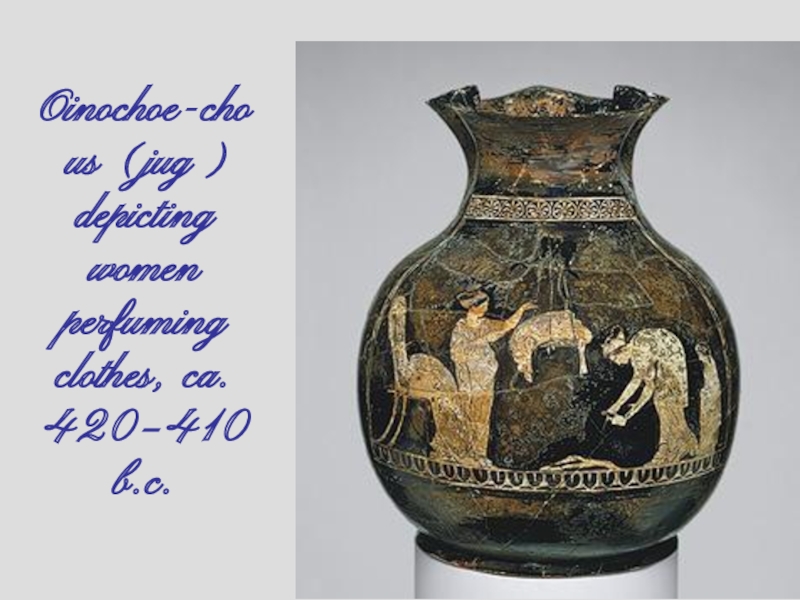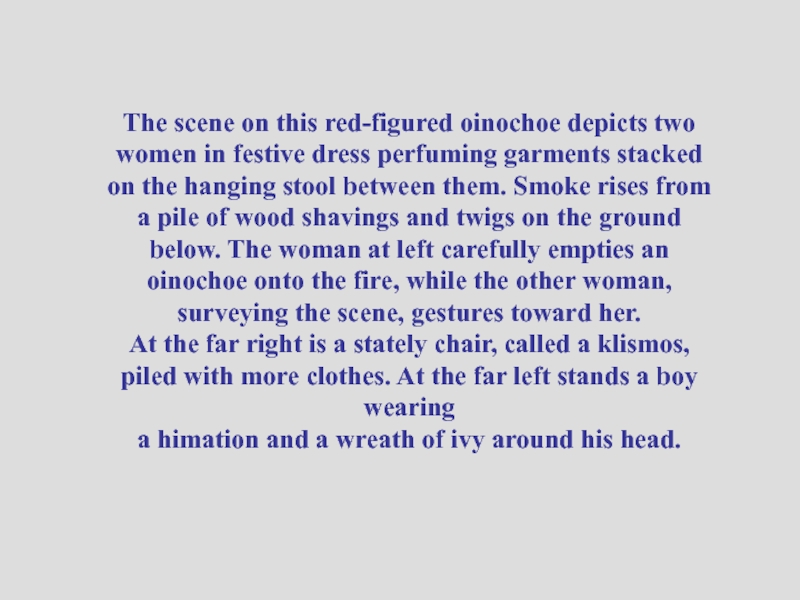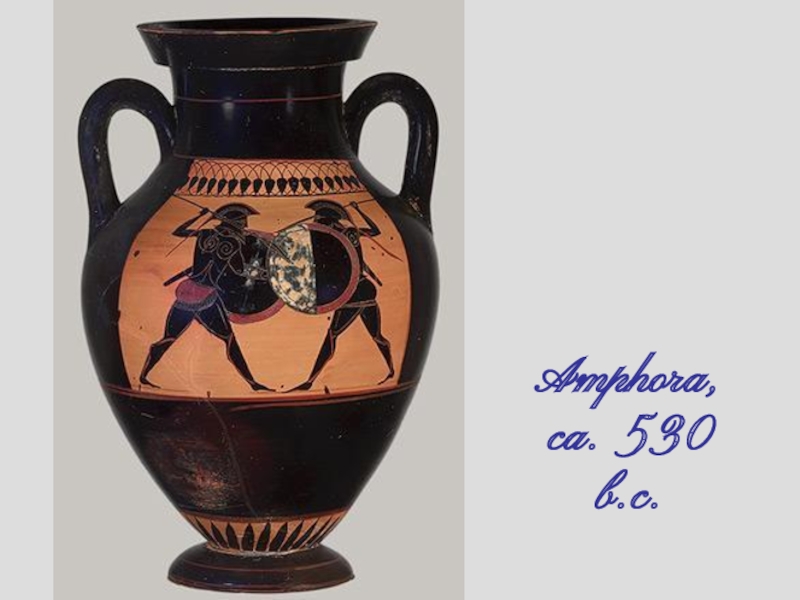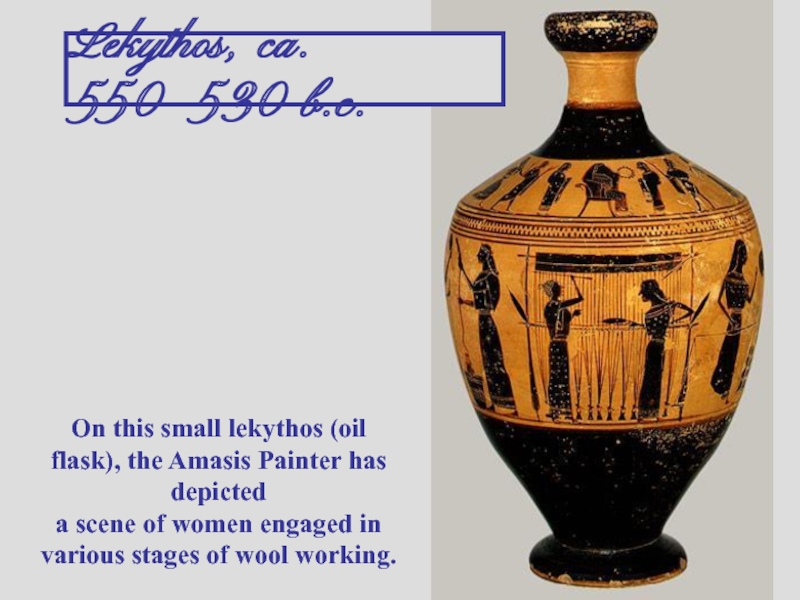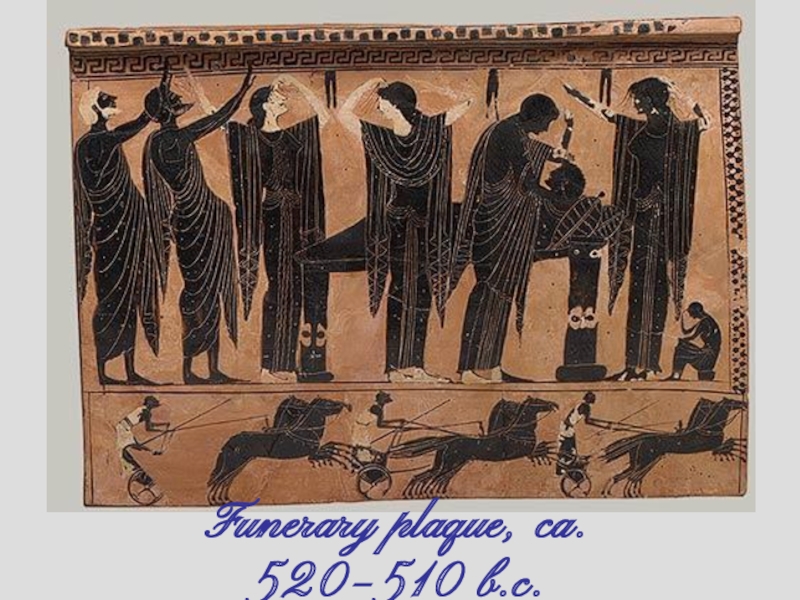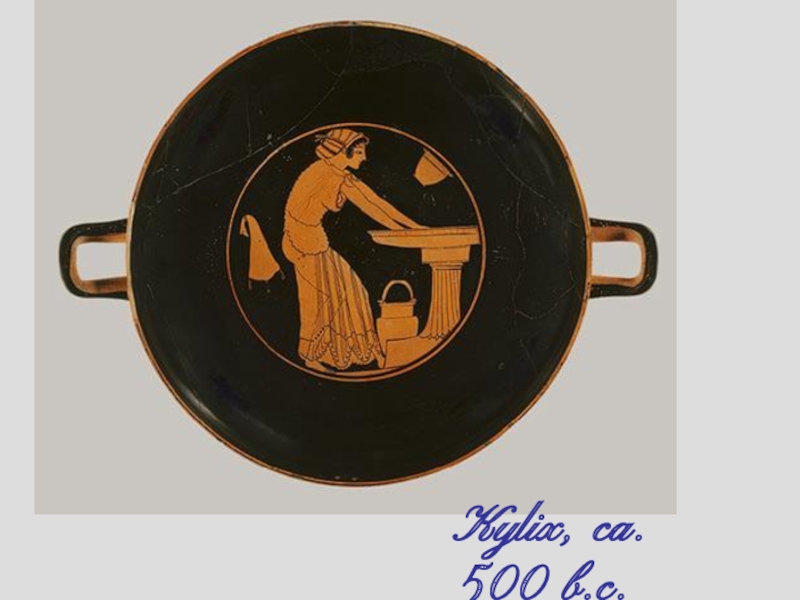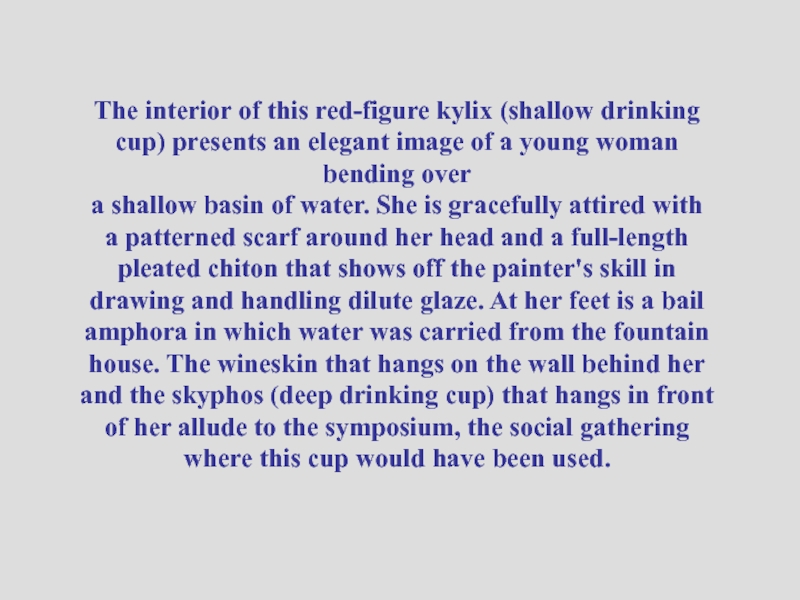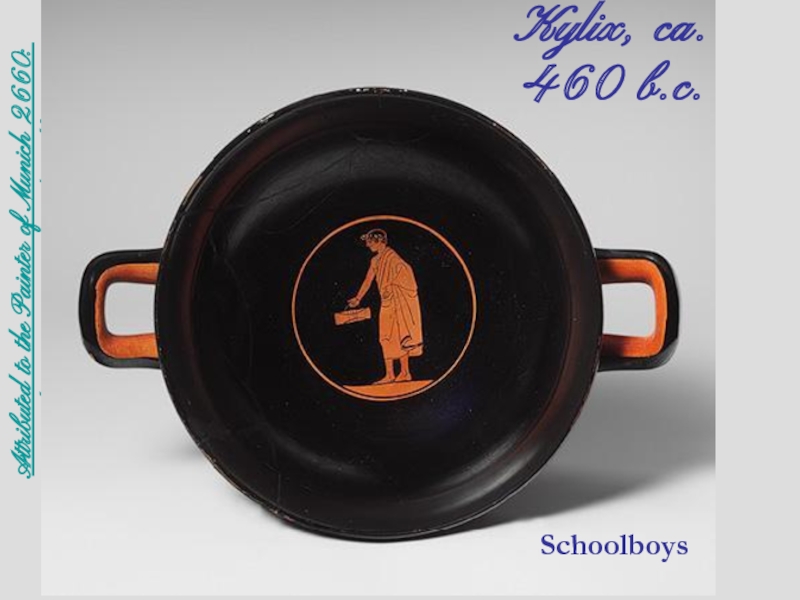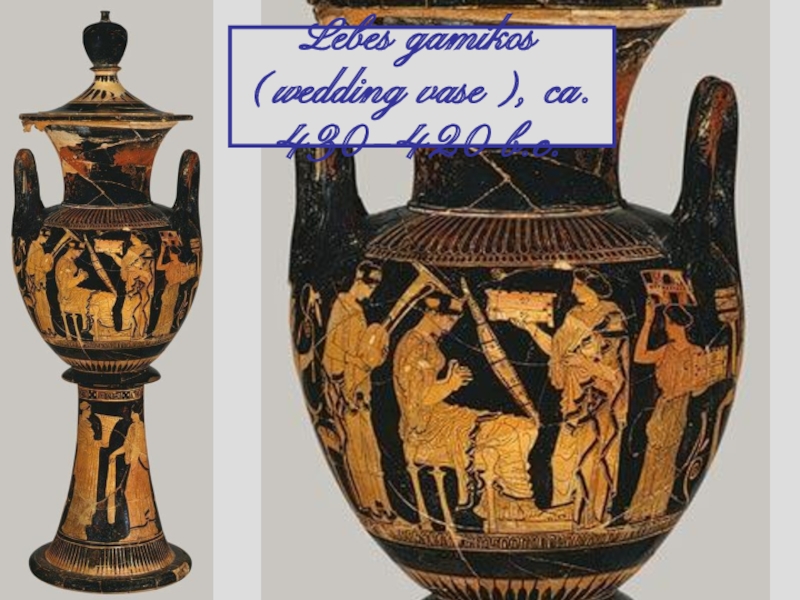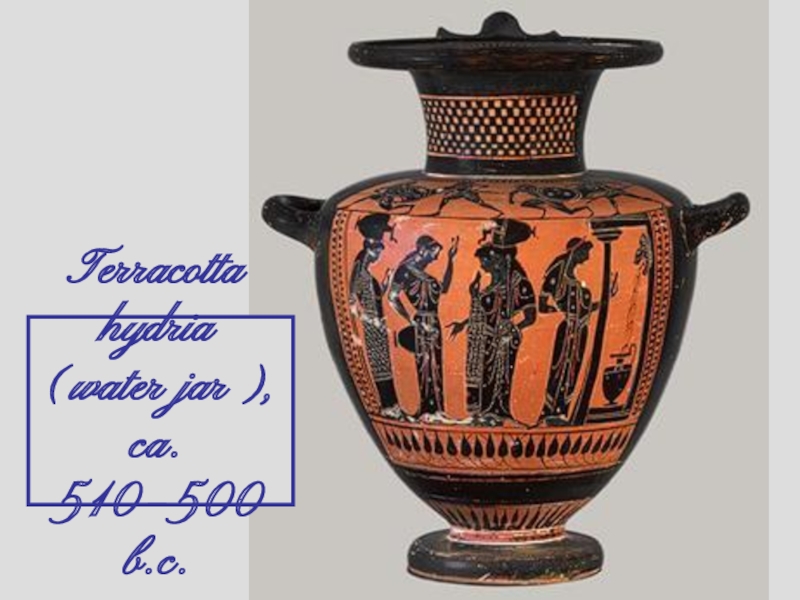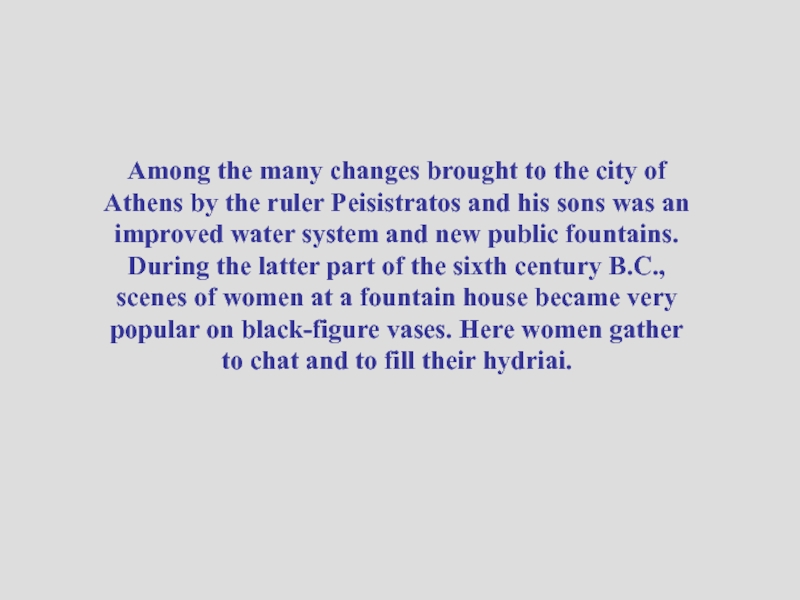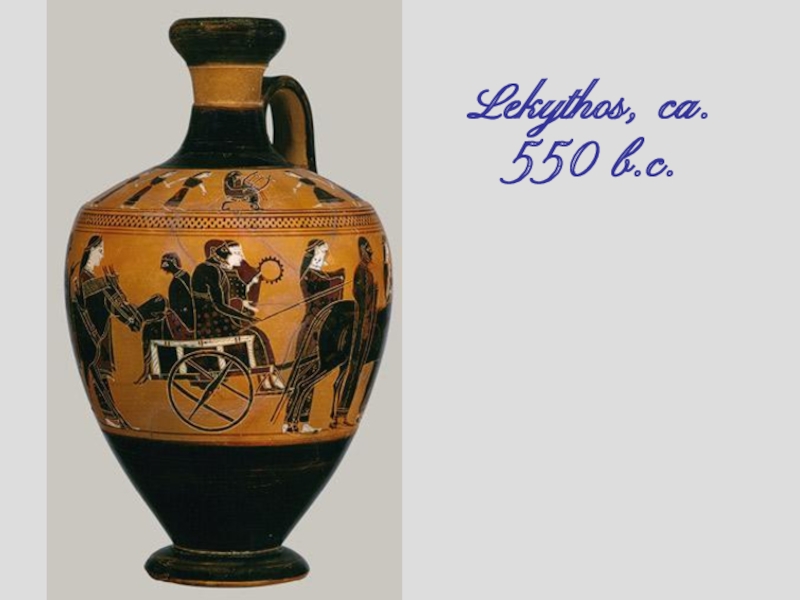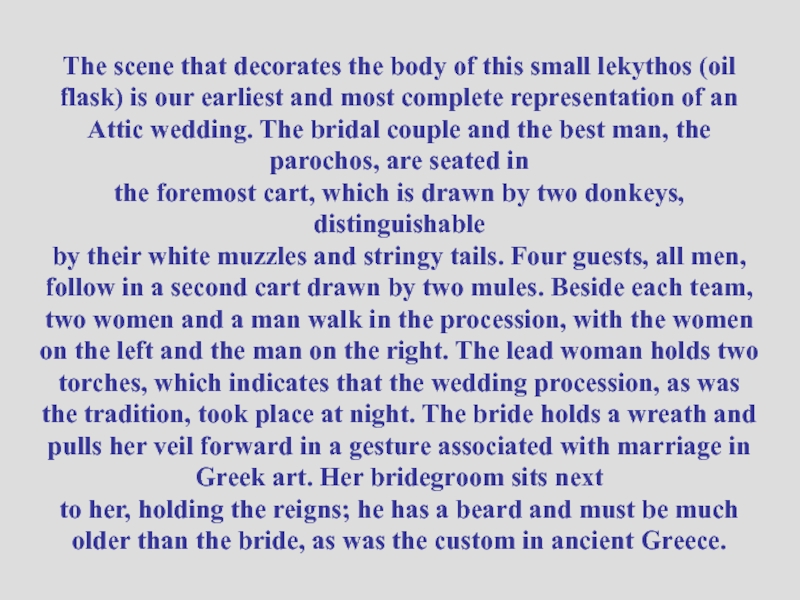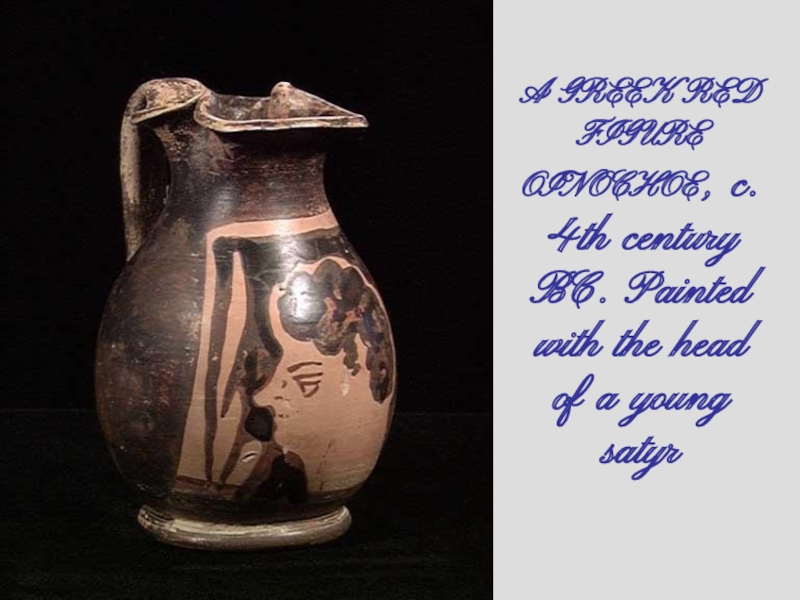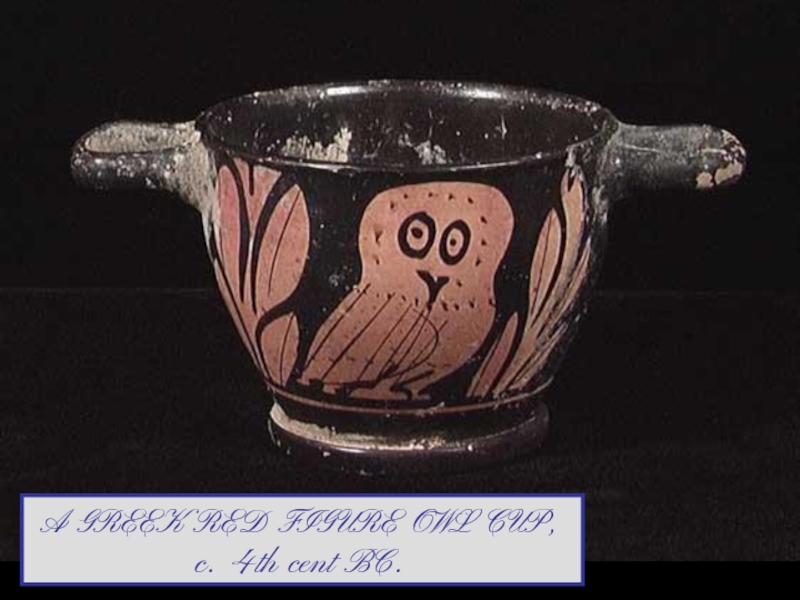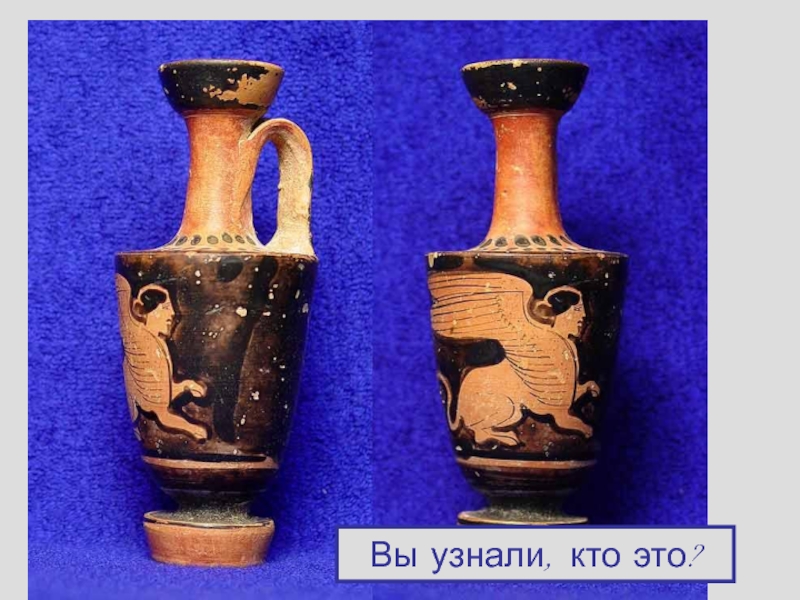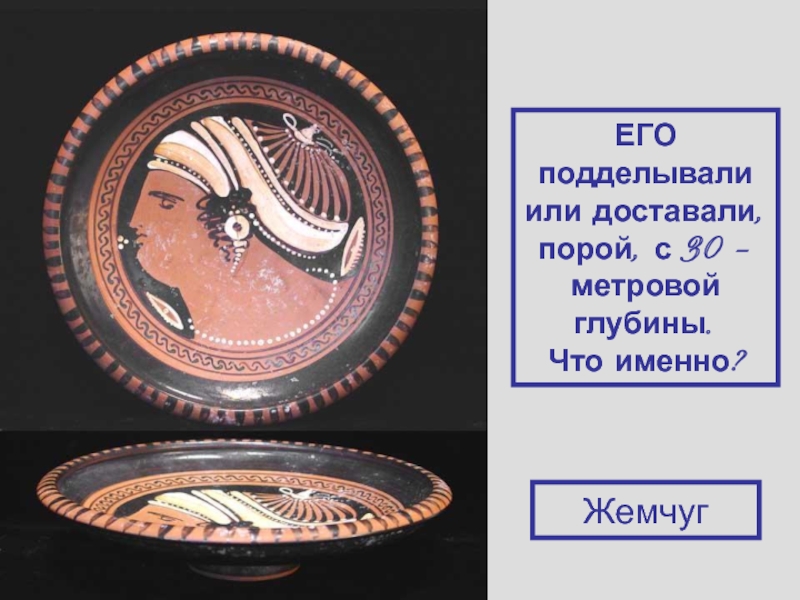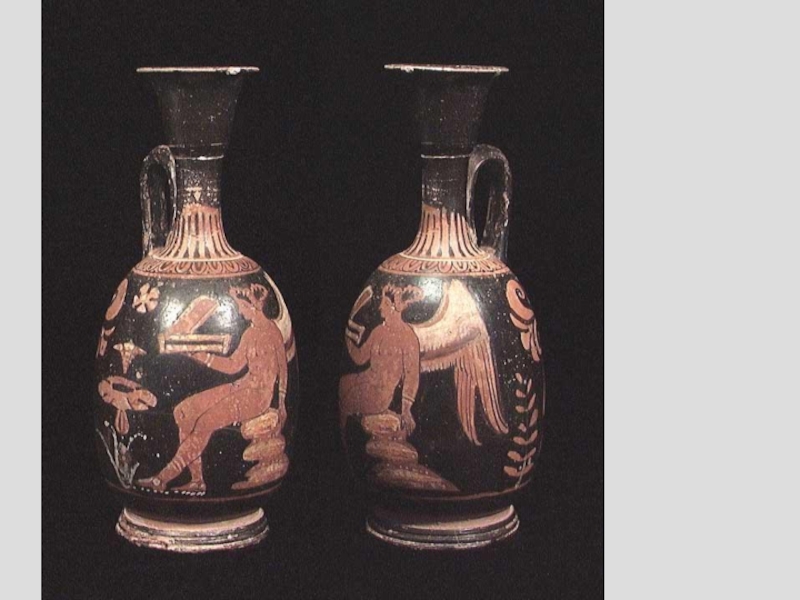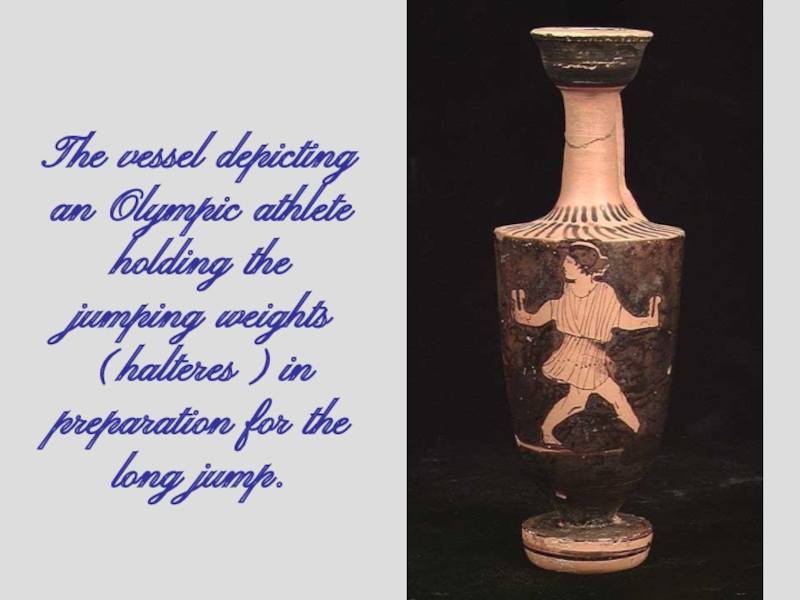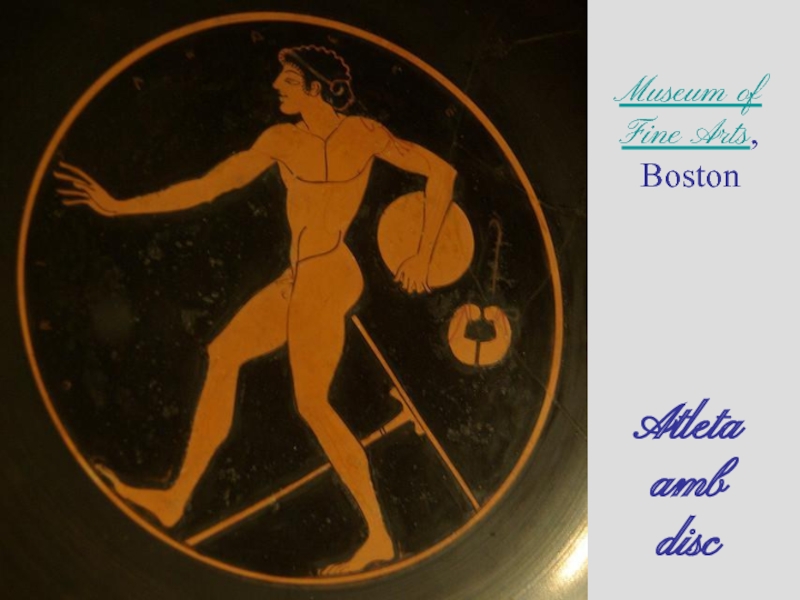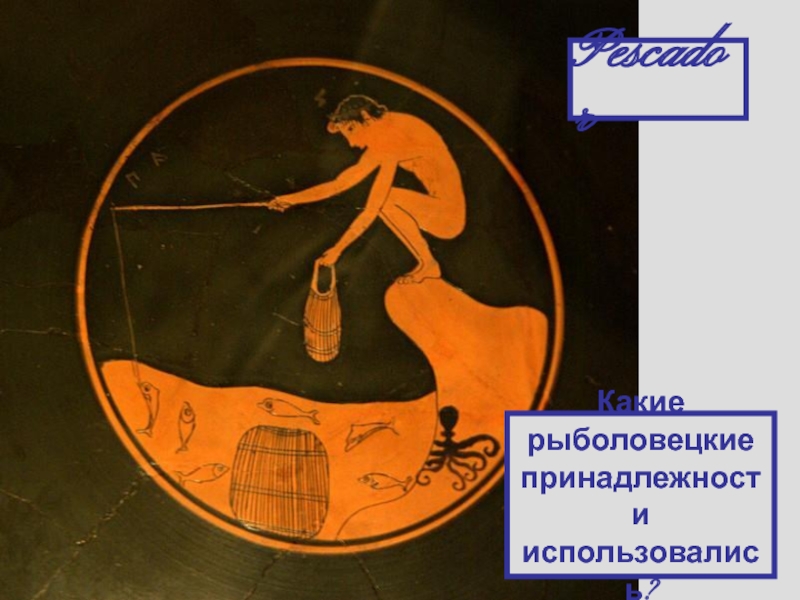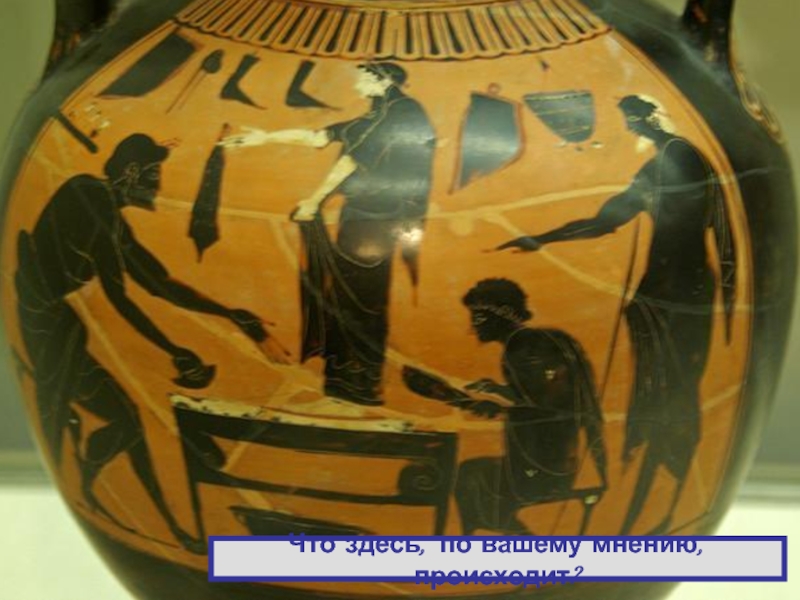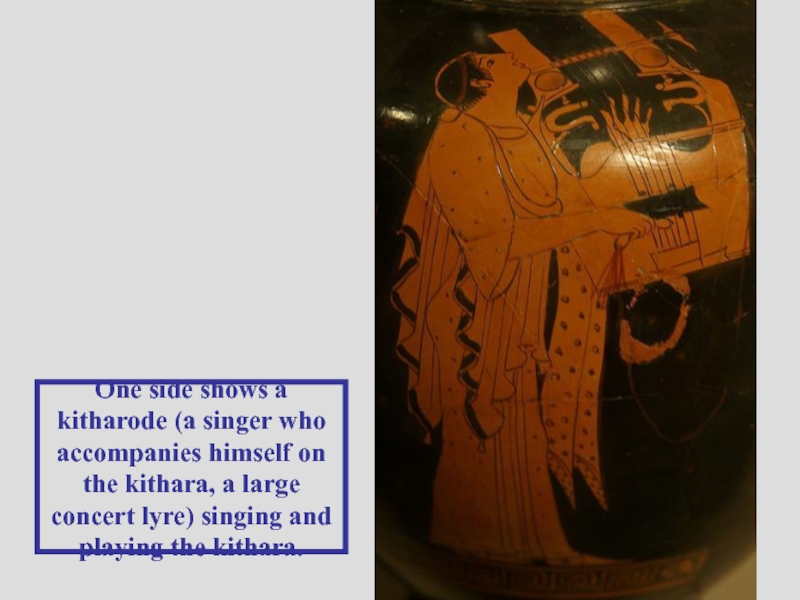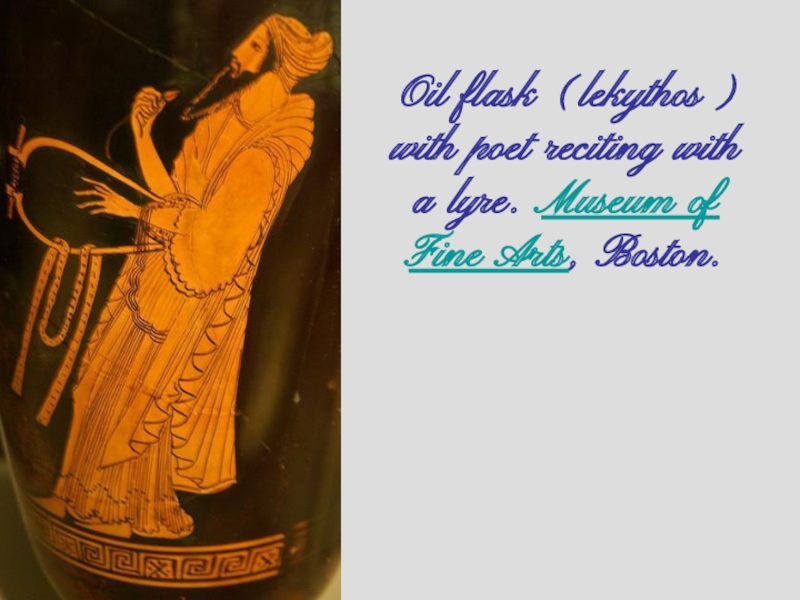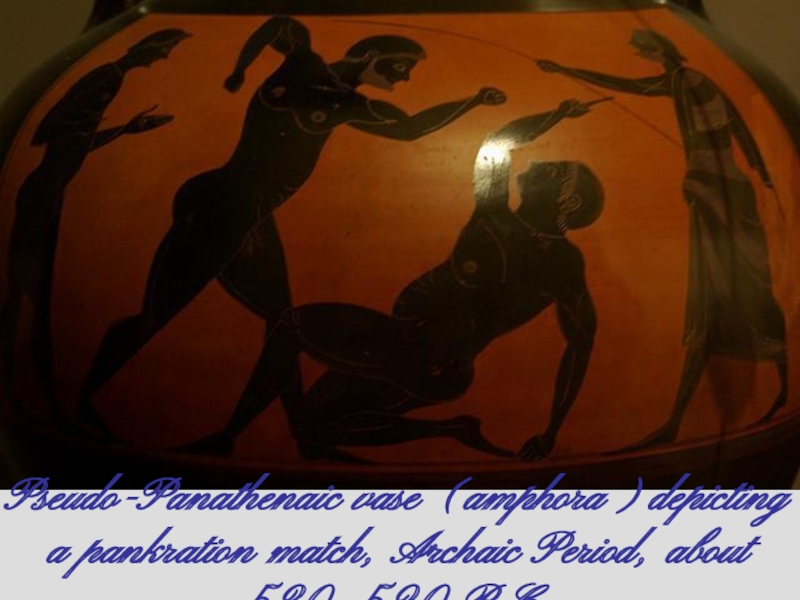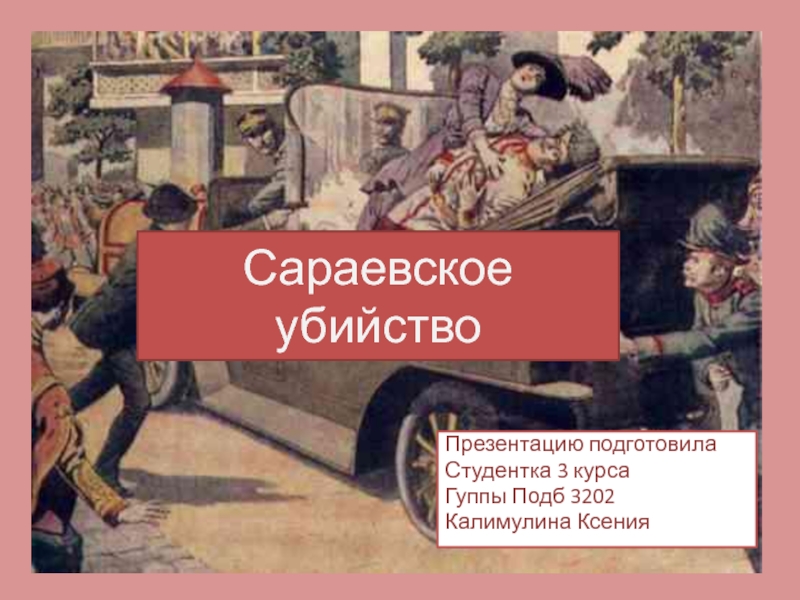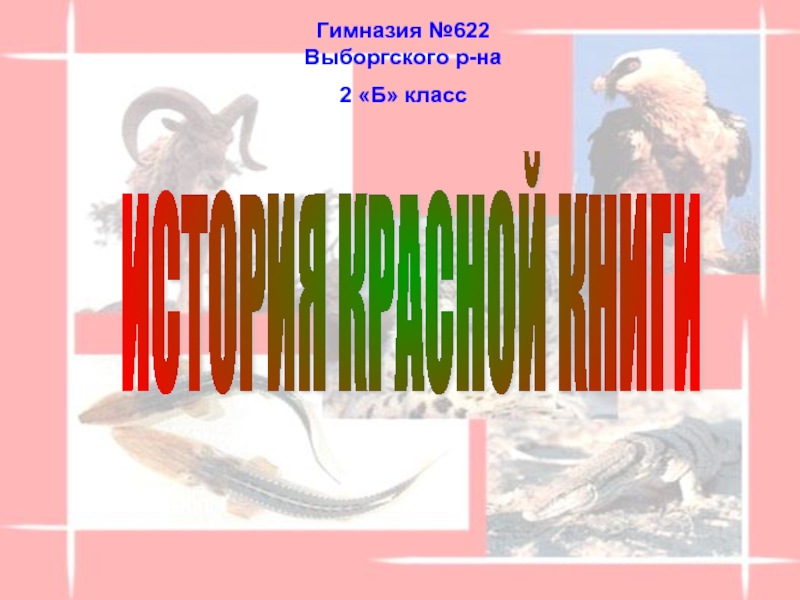- Главная
- Разное
- Дизайн
- Бизнес и предпринимательство
- Аналитика
- Образование
- Развлечения
- Красота и здоровье
- Финансы
- Государство
- Путешествия
- Спорт
- Недвижимость
- Армия
- Графика
- Культурология
- Еда и кулинария
- Лингвистика
- Английский язык
- Астрономия
- Алгебра
- Биология
- География
- Детские презентации
- Информатика
- История
- Литература
- Маркетинг
- Математика
- Медицина
- Менеджмент
- Музыка
- МХК
- Немецкий язык
- ОБЖ
- Обществознание
- Окружающий мир
- Педагогика
- Русский язык
- Технология
- Физика
- Философия
- Химия
- Шаблоны, картинки для презентаций
- Экология
- Экономика
- Юриспруденция
Греция на амфоре. Часть 1 презентация
Содержание
- 1. Греция на амфоре. Часть 1
- 2. Какова должна быть наша задача при обращении
- 3. Household Family Scene, 440–430 B.C.
- 4. Cup with Mother and Baby,
- 5. Detail: workout to the aulos Cup with Youthful Athletes Training, 515–510 B.C.
- 6. Greek, made in Tanagra, Boiotia, 500–475 B.C. http://www.getty.edu/art/exhibitions/coming_of_age/school.html
- 7. Hydrie with black figures Scene of hunting.
- 9. Statuette of a Woman Holding Babies, 300–275 B.C.
- 10. Cup with a Boy Dedicating the Mouth Strap for His Wind Instrument
- 11. Bronze and Glass Knucklebones
- 12. http://www.britishmuseum.org/explore/families_and_children/museum_explorer/ancient_greece/daily_life/a_party.aspx
- 13. The drinking party, or 'symposium', painted on
- 14. A doctor and patient Date: 2nd century AD
- 15. Oinochoe-chous (jug) depicting women perfuming clothes, ca. 420–410 b.c.
- 16. The scene on this red-figured oinochoe depicts
- 17. Amphora, ca. 530 b.c.
- 18. Lekythos, ca. 550–530 b.c. On this
- 19. Funerary plaque, ca. 520–510 b.c.
- 20. Kylix, ca. 500 b.c.
- 21. The interior of this red-figure kylix (shallow
- 22. Attributed to the Painter of Munich 2660:
- 23. Lebes gamikos (wedding vase), ca. 430–420 b.c.
- 24. Terracotta hydria (water jar), ca. 510–500 b.c.
- 25. Among the many changes brought to the
- 26. Lekythos, ca. 550 b.c.
- 27. The scene that decorates the body of
- 28. A GREEK RED FIGURE OINOCHOE, c. 4th
- 29. A GREEK RED FIGURE OWL CUP, c. 4th cent BC.
- 30. Вы узнали, кто это?
- 31. ЕГО подделывали или доставали, порой, с 30
- 33. The vessel depicting an Olympic athlete holding
- 34. Museum of Fine Arts, Boston Atleta amb disc
- 35. Pescador Какие рыболовецкие принадлежности использовались?
- 36. Что здесь, по вашему мнению, происходит?
- 37. Это аттическая сапожная мастерская, в которой изготавливалась
- 38. One side shows a kitharode (a singer
- 39. Oil flask (lekythos) with poet reciting with a lyre. Museum of Fine Arts, Boston.
- 40. Pseudo-Panathenaic vase (amphora) depicting a pankration match, Archaic Period, about 530–520 B.C.
Слайд 2Какова должна быть наша задача при обращении к античной Греции?
Нужно
попытаться увидеть её с разных точек зрения.
Слайд 6Greek, made in Tanagra, Boiotia, 500–475 B.C.
http://www.getty.edu/art/exhibitions/coming_of_age/school.html
Слайд 12http://www.britishmuseum.org/explore/families_and_children/museum_explorer/ancient_greece/daily_life/a_party.aspx
Слайд 13The drinking party, or 'symposium', painted on this Greek cup helps
us find out what these parties were like.
Слайд 16The scene on this red-figured oinochoe depicts two women in festive
dress perfuming garments stacked on the hanging stool between them. Smoke rises from a pile of wood shavings and twigs on the ground below. The woman at left carefully empties an oinochoe onto the fire, while the other woman, surveying the scene, gestures toward her.
At the far right is a stately chair, called a klismos, piled with more clothes. At the far left stands a boy wearing
a himation and a wreath of ivy around his head.
At the far right is a stately chair, called a klismos, piled with more clothes. At the far left stands a boy wearing
a himation and a wreath of ivy around his head.
Слайд 18Lekythos, ca. 550–530 b.c.
On this small lekythos (oil flask), the
Amasis Painter has depicted
a scene of women engaged in various stages of wool working.
a scene of women engaged in various stages of wool working.
Слайд 21The interior of this red-figure kylix (shallow drinking cup) presents an
elegant image of a young woman bending over
a shallow basin of water. She is gracefully attired with
a patterned scarf around her head and a full-length pleated chiton that shows off the painter's skill in drawing and handling dilute glaze. At her feet is a bail amphora in which water was carried from the fountain house. The wineskin that hangs on the wall behind her and the skyphos (deep drinking cup) that hangs in front of her allude to the symposium, the social gathering where this cup would have been used.
a shallow basin of water. She is gracefully attired with
a patterned scarf around her head and a full-length pleated chiton that shows off the painter's skill in drawing and handling dilute glaze. At her feet is a bail amphora in which water was carried from the fountain house. The wineskin that hangs on the wall behind her and the skyphos (deep drinking cup) that hangs in front of her allude to the symposium, the social gathering where this cup would have been used.
Слайд 22Attributed to the Painter of Munich 2660: Kylix (17.230.10) | Heilbrunn
Timeline of Art History | The Metropolitan Museum of Art
Kylix, ca. 460 b.c.
Schoolboys
Слайд 25Among the many changes brought to the city of Athens by
the ruler Peisistratos and his sons was an improved water system and new public fountains. During the latter part of the sixth century B.C., scenes of women at a fountain house became very popular on black-figure vases. Here women gather to chat and to fill their hydriai.
Слайд 27The scene that decorates the body of this small lekythos (oil
flask) is our earliest and most complete representation of an Attic wedding. The bridal couple and the best man, the parochos, are seated in
the foremost cart, which is drawn by two donkeys, distinguishable
by their white muzzles and stringy tails. Four guests, all men, follow in a second cart drawn by two mules. Beside each team, two women and a man walk in the procession, with the women on the left and the man on the right. The lead woman holds two torches, which indicates that the wedding procession, as was the tradition, took place at night. The bride holds a wreath and pulls her veil forward in a gesture associated with marriage in Greek art. Her bridegroom sits next
to her, holding the reigns; he has a beard and must be much
older than the bride, as was the custom in ancient Greece.
the foremost cart, which is drawn by two donkeys, distinguishable
by their white muzzles and stringy tails. Four guests, all men, follow in a second cart drawn by two mules. Beside each team, two women and a man walk in the procession, with the women on the left and the man on the right. The lead woman holds two torches, which indicates that the wedding procession, as was the tradition, took place at night. The bride holds a wreath and pulls her veil forward in a gesture associated with marriage in Greek art. Her bridegroom sits next
to her, holding the reigns; he has a beard and must be much
older than the bride, as was the custom in ancient Greece.
Слайд 33The vessel depicting an Olympic athlete holding the jumping weights (halteres)
in preparation for the long jump.
Слайд 37Это аттическая сапожная мастерская, в которой изготавливалась мягкая обувь. Мастер снимает
мерку с ноги девушки, на заднем плане – колодки, кожа и инструменты.
Слайд 38One side shows a kitharode (a singer who accompanies himself on
the kithara, a large concert lyre) singing and playing the kithara.
Слайд 40Pseudo-Panathenaic vase (amphora) depicting a pankration match, Archaic Period, about 530–520
B.C.

